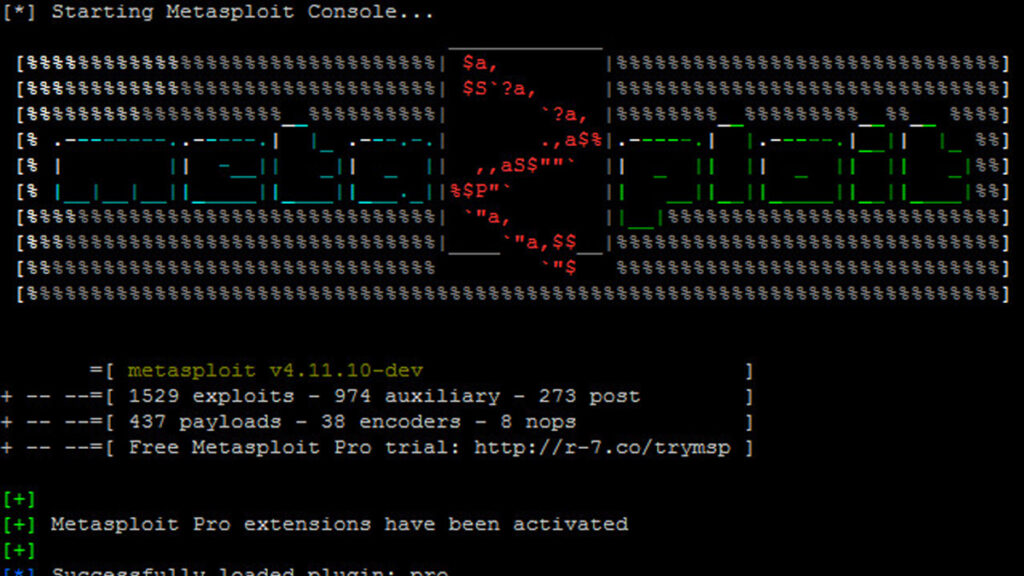The Metasploit Framework is an open-source penetration testing and vulnerability assessment tool that helps security professionals and ethical hackers identify, exploit, and manage vulnerabilities in systems. It provides a range of tools and resources to aid in security assessment, including exploit modules, payloads, encoders and post-exploit modules. Metasploit aims to help security practitioners understand the vulnerabilities in their systems and networks so they can effectively protect them.
Here’s a basic overview of how to use the Metasploit Framework:
1. Installation
- The Metasploit Framework can be installed on a variety of platforms including Linux and Windows. A common way to set this up is with Kali Linux, a penetration testing-focused distribution.
- You can also download and install Metasploit manually from the Rapid7 website (the company that maintains Metasploit).
2. Launch Metasploit Console
- Once installed, you can launch the Metasploit console by opening your terminal and typing
'msfconsole'.
3. Exploring Commands and Modules:
- The console provides an interactive command-line interface where you can use various commands and modules to perform tasks.
- Use the
'help'command to list the available commands and the'show'command to explore the different categories of modules (for example, exploits, payloads, auxiliary).
4. Search For Modules
- To find a specific module, use the
'search'command followed by the keyword. For example,'search windows smb'will show modules related to windows smb vulnerabilities.
5. Selecting an Exploit
- Once you have found a suitable exploit module, use the
'use'command followed by the name of the module to select it. For example, use'exploit /windows/smb/ms17_010_eternalblue'.
6. Configure Option
- Many modules require specific options to be set before use. Use the
'show options'command to view the required and optional settings for the selected module. - Use the
setcommand to configure these options. For example, setRHOSTS 192.168.1.10sets the target host’s IP address.
7. Exploiting the Vulnerability
- After configuring the options, use the
'exploit'command to attempt to exploit the target. If successful, you can gain remote access to the target system.
8. Post-Exploitation Activities
- Once you’ve compromised one system, Metasploit provides various post-exploitation modules to gather information, move on to other systems, and maintain access.
9. Clean Up
- Ethical hackers should always exercise caution and ensure that they have proper authorization before using Metasploit or any other hacking tool. After testing, responsibly remove any unauthorized access or vulnerabilities you may have.
Remember that it is important to use Metasploit and other hacking tools responsibly. Use them only on systems and networks that you have explicit permission to test. Unauthorized and malicious use of such tools is illegal and unethical. Always follow the law and ethical guidelines when conducting a security assessment.
